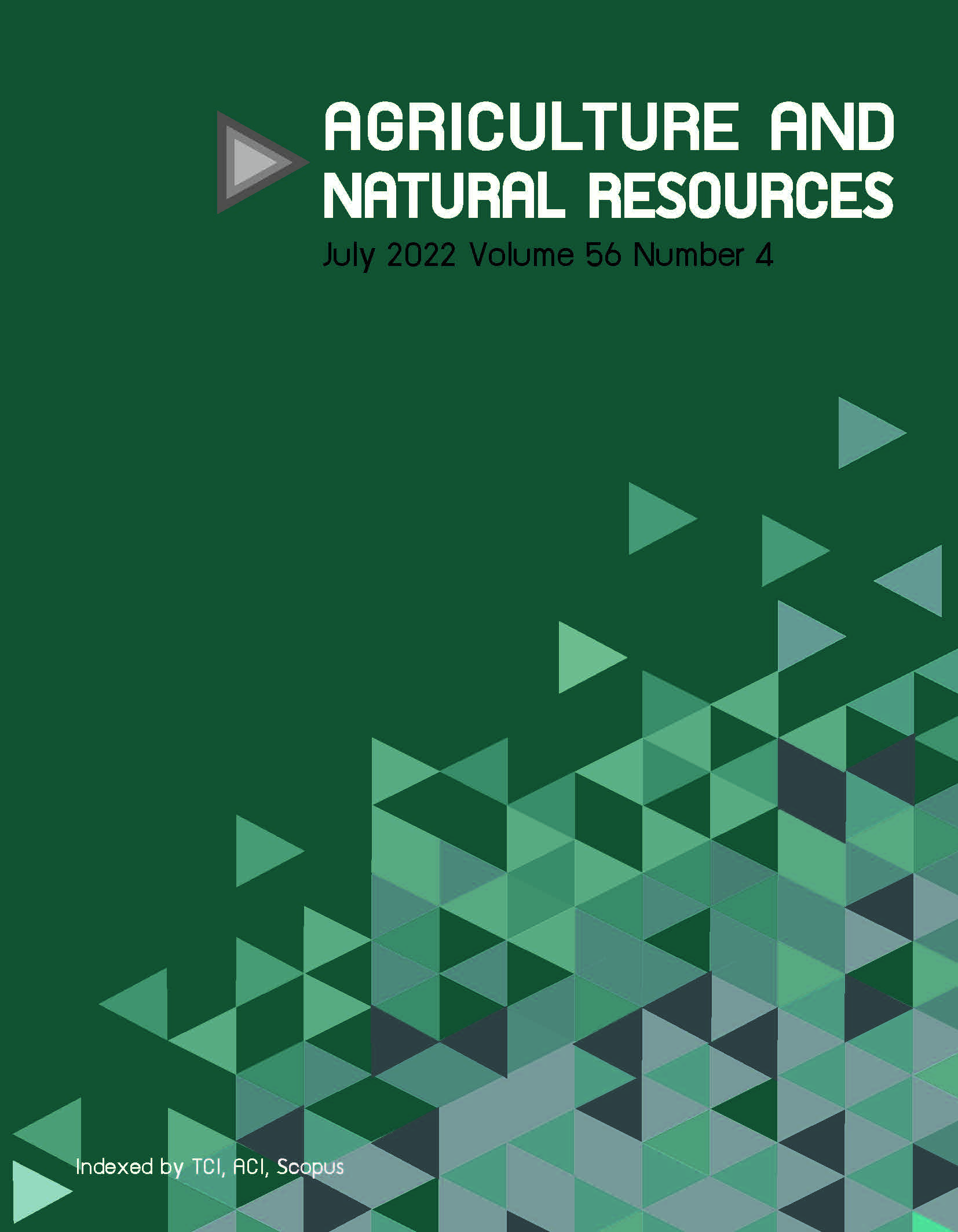Medium optimization using response surface methodology to produce antifungal substance from Streptomyces samsunensis RB-4 against Rhizoctonia solani
Keywords:
Antifungal substance production, Response surface methodology, Streptomyces samsunensisAbstract
Importance of the work: Actinomycetes exhibit promising antimicrobial activity against pathogens causing plant diseases. To date, statistical optimization of medium components has not been addressed to enhance the production of an antifungal substance from Streptomyces samsunensis, a prolific source of antibiotics and other useful compounds.
Objectives: To optimize the medium composition using a statistics-based experimental design to produce an antifungal substance from the newly isolated S. samsunensis strain RB-4 against the fungal pathogen Rhizoctonia solani. Response surface methodology (RSM) was applied to determine the effects of medium components (yeast extract, malt extract and glucose) on the biocontrol activity of S. samsunensis RB-4 against R. solani.
Materials & Methods: Morphological characteristics, diaminopimelic acid isomer (A2pm) in whole-cell hydrolysate and 16S rRNA gene of S. samsunensis RB-4 were examined. Selection of suitable medium for antifungal substance production was performed. RSM based on CCD was chosen to optimize the interactive effects of factors on antifungal substance production. The antifungal activity was screened using the agar-well diffusion method.
Results: The optimal concentrations of the tested medium components for maximum antifungal substance production were 3.62 g/L yeast extract, 18.9 g/L malt extract and 6.74 g/L glucose. An inhibition zone of 15 mm (60% inhibition) was observed with the optimized medium, which was in agreement with the predicted value (14.17 mm).
Main finding: The results proved that RSM could be used as an appropriate and dependable tool to optimize the medium composition to produce an antifungal substance against R. solani from S. samsunensis.
Downloads
Published
How to Cite
Issue
Section
License
Licenseonline 2452-316X print 2468-1458/Copyright © 2022. This is an open access article under the CC BY-NC-ND license (http://creativecommons.org/licenses/by-nc-nd/4.0/),
production and hosting by Kasetsart University of Research and Development Institute on behalf of Kasetsart University.







